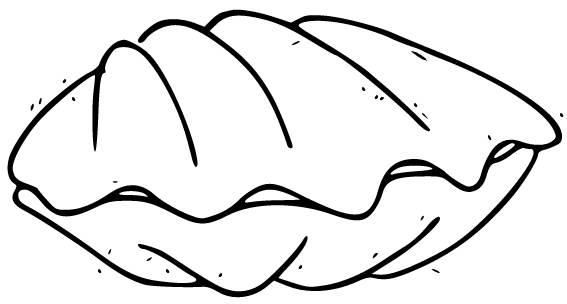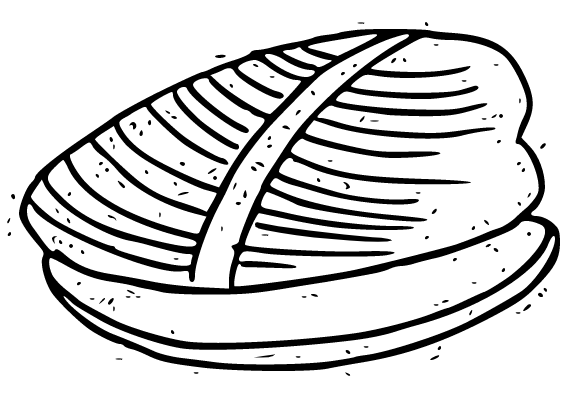-

-
The Discerning Mollusk's Guide to Arts & Ideas
-


There is Only One Ghost in the World
Sophie Klahr and Corey Zeller
Fiction Collective 2, Oct. 2023
AYou have our unmailed letters. You have your addresses of the dead.
You have a view, a contagion. You imagine a body bare and undazed,
look at your empty hands. The days peel out like copies.
Copies of copies.
s someone who runs a small press, I have encountered quite a few manuscripts with the same conceit as There is Only One Ghost in the World, wherein two authors collaborate on the same piece to stave off COVID ennui. Something inside me is hesitant to invest in these works because it feels like more time is needed to really understand what happened (is happening?). Like the dearth of books about Sept. 11 in its immediate aftermath, it feels like we need some time to properly evaluate the past few years.However, this work isn’t a contemplation on COVID itself. Rather, There is Only One Ghost in the World uses COVID as an impetus to explore existential questions. Sophie Klahr and Corey Zeller’s book reads like a hand-off of notes between two friends, sharing memories and sad stories from their lives as they contemplate existence and our fragile mortality.
There is no traditional narrative arc here; instead, it is a patchwork of impressions. A half-sister kills her donkey; a lover tries to explain constellations; wandering thoughts about pangolins, post-it notes, and porn stars. What separates this from other works that seem like a series of non sequiturs is the authors’ use of language. These pages are littered with beautiful moments. In a story about finding baby mice that had fallen from the rafters, one of the authors imagines the mother mouse “sleeping in her somewhere, holding at least one of the lives she made.” Another particular favorite:
Someone tells you that Brian Wilson wrote “God Only Knows What I’d Be Without You” to impress his father. His father wasn’t impressed. Years later, he went to see his childhood home and there was only an overpass, and the shambled dirt all overpasses hold beneath them. The arc of eulogy. You want to put a heron in the eulogy, an egret. A living shape that stills the sky.
And another:
The kid with leukemia who sat in front of you would pass you the pictures they drew. Stick figure drawing a stick figure. Stick figure drawing a house. You drew your own body and passed it back. One day the kid was a solid. Later a gas. Then he evaporated. This, the teacher said, is how you make a cloud.
We look for meaning in randomness and I found moments of serendipity in these pages. The vignettes start with first person or third person perspectives but shift somewhere until almost every passage becomes second person. I was taught that second person perspective creates a sense of intimacy between the reader and the speaker(s) but, to me, it seemed to do that opposite here—you seems distant, you is not me. You operate in ways imagined but always unknown to the speaker. You and I are apart, in distance, in COVID isolation, in ultimate understanding. There were also repeated subjects in this book, most notably in the form of a donkey. Towards the beginning of this collection, a woman kills her donkey in a story that questions mercy and at the very end, there is a story about a blind donkey named Stella. Stella struggles to survive but ultimately her carers realize that she appreciates music, ‘dances’ to it. These animals suffer but they both experience beauty, the first through its friendship with a sheep and Stella through her remaining senses. These donkeys represent all living things, whose life is struggle punctuated by moments of joy. There is Only One Ghost in the World feels very much like two people living through something, and it’s convinced me that analysis can be fruitful at all points in a crisis, even in the thick of it.

Jesi Bender is an artist from Upstate New York. She helms KERNPUNKT Press, a home for experimental writing. She is the author of KINDERKRANKENHAUS (Sagging Meniscus 2021) and The Book of the Last Word (Whiskey Tit 2019). Her shorter writing has appeared in The Rumpus, Split Lip, Adroit Journal, and others. www.jesibender.com